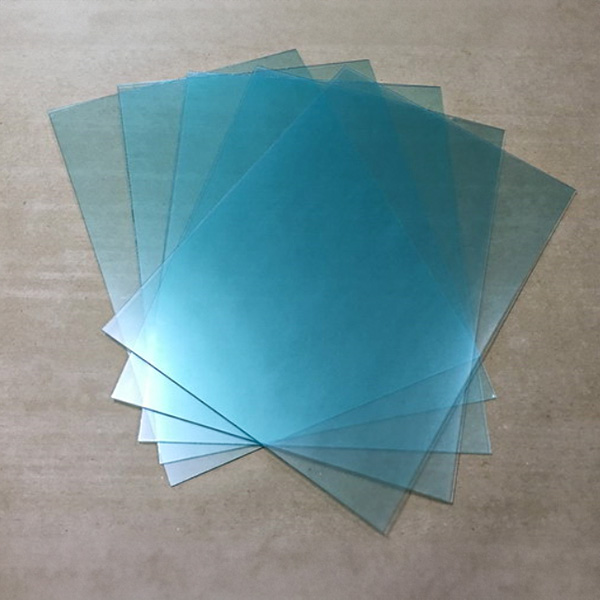In today's world of rapid technological development, Optical Clear Polycarbonate Film (Optical Clear Polycarbonate Film), as a high-performance material, is gradually showing its unique value and broad application prospects in many fields. This film not only has excellent transparency and optical properties, but also has excellent physical and chemical stability, becoming an important bridge connecting technology and daily life.

1. Material properties and advantages
Optical Clear Polycarbonate Film, referred to as OCPC Film, is a high-performance transparent film made of polycarbonate (PC) as the base material through a special process. PC material itself has the characteristics of high strength, high toughness, high light transmittance, good weather resistance and flame retardancy, which are fully reflected and further improved in OCPC film.
OCPC film has extremely high transparency, can maintain high light transmittance, reduce light scattering and absorption, thereby ensuring the clarity and authenticity of images and colors. In addition, its surface has been precisely processed with excellent smoothness and finish, which further improves the optical performance. These characteristics make OCPC film have a wide range of application value in display technology, optical instruments, photography and lighting equipment.
2. Application fields and examples
Display technology: In the fields of liquid crystal display (LCD) and organic light-emitting diode display (OLED), OCPC film, as a protective layer and optical layer of the display screen, can effectively improve the brightness, contrast and color saturation of the display screen, while reducing reflection and glare, and improving the user's visual experience. Especially in portable electronic devices such as smartphones and tablets, the application of OCPC film makes the display screen clearer and brighter.
Optical instruments: In optical instruments such as telescopes and microscopes, OCPC film is used as a protective layer or base material for optical components such as lenses and prisms, which can maintain the accuracy and stability of optical components and extend their service life. At the same time, its high transmittance and low scattering characteristics help to improve the imaging quality and observation effect of the instrument.
Photography: In the field of photography, OCPC film is often used in accessories such as filters and protective lenses. Filters can selectively transmit or reflect light of specific wavelengths, thereby achieving fine adjustment of image color, contrast and clarity. The protective lens can prevent the lens from being damaged by scratches, dust and other pollutants, and maintain the cleanliness and light transmittance of the lens. The application of OCPC film makes these accessories more durable and reliable.
Lighting equipment: In the field of LED lighting, OCPC film, as a material for components such as Light Guide Plates and diffusers, can optimize the distribution and transmission of light and improve the brightness and uniformity of lighting equipment. At the same time, its high temperature resistance and flame retardant properties help to improve the safety and stability of lighting equipment.
3. Production process and technical challenges
The production process of OCPC film is relatively complex, requiring precise formula design, advanced processing equipment and strict quality control. In terms of formula design, it is necessary to select suitable raw materials such as PC resin and additives to ensure the transparency, mechanical properties and stability of the film. In the processing process, precise extrusion, stretching and heat treatment processes are required to obtain film products with excellent optical and physical properties.
However, the production of OCPC film also faces some technical challenges. For example, how to further improve the light transmittance of the film and reduce scattering; how to maintain the stability and durability of the film during long-term use; and how to reduce production costs and improve production efficiency. These problems require researchers to continuously explore and innovate to promote the continuous progress and application expansion of OCPC film technology.
Future Outlook
With the continuous development of science and technology and the growing social needs, the application areas of OCPC films will continue to expand and deepen. In the fields of intelligent manufacturing, automated production, etc., OCPC films will play a more important role and promote the upgrading and development of related industries. At the same time, with the improvement of environmental awareness and the popularization of the concept of sustainable development, the production of OCPC films will also pay more attention to environmental protection and sustainability, and promote the green development and transformation of materials science.
In summary, optical grade transparent polycarbonate film, as a high-performance material, builds a bridge between science and technology and life aesthetics. Its excellent transparency and optical properties, wide application fields and continuous technological innovation make OCPC film an important link between science and technology and daily life, bringing more convenience and beauty to people's lives.